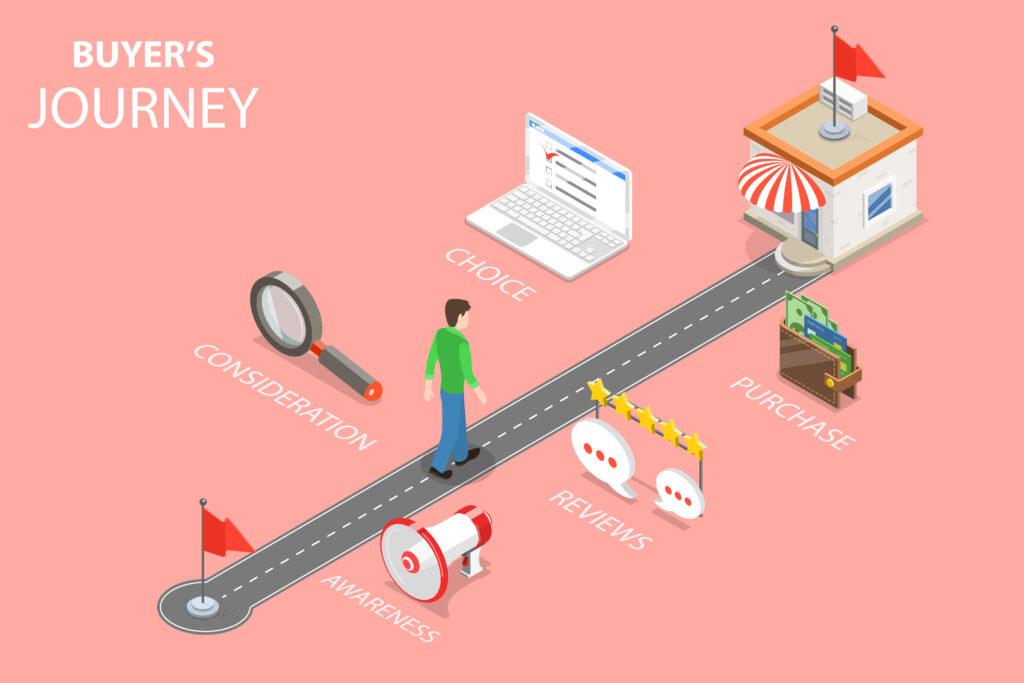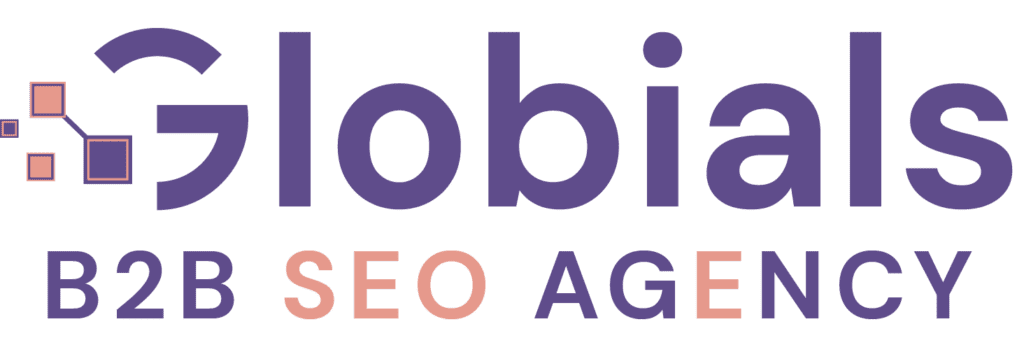The business model known as Software as a Service (SaaS) has grown in popularity in the modern digital world. Effective content writing plays a crucial role in attracting and engaging the target audience for SaaS companies. This comprehensive guide will provide valuable insights, strategies, and techniques to master the art of SaaS content writing.
Understanding SaaS Content Writing
SaaS content writing involves creating valuable, informative, and persuasive content specifically tailored to the needs and interests of SaaS customers. This kind of material includes blog entries, essays, whitepapers, case studies, eBooks, and social media posts. The main objective of a SaaS product or service is to instruct, educate, and persuade potential clients about its advantages and worth.
Effective SaaS content writing is crucial for attracting and engaging the target audience. It helps build brand authority, establishes credibility, and positions a SaaS company as an industry expert. Compelling content can drive organic traffic, generate leads, and convert prospects into loyal customers.
Critical Elements of Successful SaaS Content Writing
1. Research and Analysis
Thorough research and analysis are essential for creating impactful SaaS content. It is crucial to understand your target audience, their pain points, and their preferences. Conduct comprehensive keyword research to identify relevant search terms and topics. Analyze your competitors’ content strategies to identify gaps and opportunities.
2. Creating Engaging Headlines
Create intriguing headlines that get people to click and interact with your content. Use action words, numbers, and keywords to make your headlines compelling and informative.
3. Crafting Compelling Introductions
Capture your reader’s attention from the start with a captivating introduction. Communicate the value and benefits they will gain from reading your content. Use storytelling techniques or present a problem that your content will address.
4. Structuring Your Content
Logic and coherence should guide the organization of your information. Utilize subheadings (H2, H3, and H4) to divide your information into manageable chunks. This improves readability and allows readers to navigate through your article effortlessly.
5. Utilizing Visuals and Multimedia
Incorporate relevant visuals, such as images, infographics, and videos, to enhance the appeal of your content. Visuals can help convey complex information in a more accessible and engaging manner.
6. Incorporating Call-to-Actions (CTAs)
Guide your readers towards the desired action by including clear and persuasive call-to-actions (CTAs). Encourage them to subscribe to your newsletter, download a resource, or request a demo. Place CTAs strategically within your content to maximize conversions.
7. Optimizing for SEO
Optimize your SaaS content for search engines to increase its visibility and organic reach. Identify relevant keywords through keyword research, then strategically include them in your text. Optimize meta tags, headings, and image alt tags for improved search engine rankings.
8. Proofreading and Editing
Ensure your content is error-free, grammar correct, and well-polished. Proofread thoroughly to eliminate any typos or inconsistencies. Editing improves the overall clarity, coherence, and readability of your content.
Developing a Content Strategy for SaaS
A well-defined content strategy is essential for effective SaaS content writing. It outlines your content marketing efforts’ goals, target audience, content formats, distribution channels, and key performance indicators (KPIs). A robust content strategy ensures consistency, aligns with business objectives, and maximizes the impact of your content.
Building a Content Calendar
Create a content calendar to plan and schedule your content effectively. It helps maintain consistency, avoid duplication, and ensure a balanced content distribution across different channels. A content calendar also enables collaboration and streamlines the content creation process.
Targeting Your Audience
To create content tailored to your target audience’s particular requirements and interests, identify and understand them. Develop buyer personas to gain insights into their demographics, pain points, motivations, and goals. Crafting content that resonates with your target audience enhances engagement and increases the likelihood of conversion.
Writing for Different Stages of the Buyer’s Journey

There are three steps in the buying process: awareness, contemplation, and decision. Tailor your content to address the needs and challenges of each stage. Create informative and educational content to build awareness, comparative content to aid consideration, and persuasive content to drive decision-making.
Optimizing Content for Conversion
To optimize your content for conversion, focus on providing value, addressing objections, and highlighting your SaaS product or service’s unique selling propositions (USPs). Use persuasive language, references, success stories, and case studies to persuade your audience.
Analyzing and Measuring Success
Implement analytics tools to track and measure the performance of your SaaS content. Monitor website traffic, engagement, conversion rates, and customer retention metrics. Analyze the data to gain insights, identify areas of improvement, and refine your content strategy accordingly.
Tools and Resources for SaaS Content Writing
Leverage various tools and resources to streamline and enhance your writing process. Examples include:
- Keyword research tools.
- Content management systems (CMS).
- Grammar and plagiarism checkers.
- Graphic design tools.
- Social media scheduling platforms.
These tools can help you do tasks faster, work more effectively, and create material of higher quality.
Common Mistakes to Avoid in SaaS Content Writing

Be aware of common pitfalls in SaaS content writing to ensure your content is impactful and effective. Avoid excessive jargon, overly technical language, and complex explanations. Also, refrain from making exaggerated claims or misleading statements, maintaining the balance between providing valuable information and promoting your SaaS product or service.
Evolving Trends
Stay updated with the evolving trends in SaaS content writing to remain competitive and relevant. Stay connected with industry publications, blogs, and thought leaders in the SaaS space. Participate in relevant groups, watch webinars, and continue your education to stay current on the newest trends and best practices.
Conclusion
Mastering the art of SaaS content writing requires a blend of creativity, research, and strategic thinking. By understanding the key elements, developing a solid content strategy, and continuously refining your approach, you can create compelling and persuasive content that drives engagement, conversions, and business growth.





